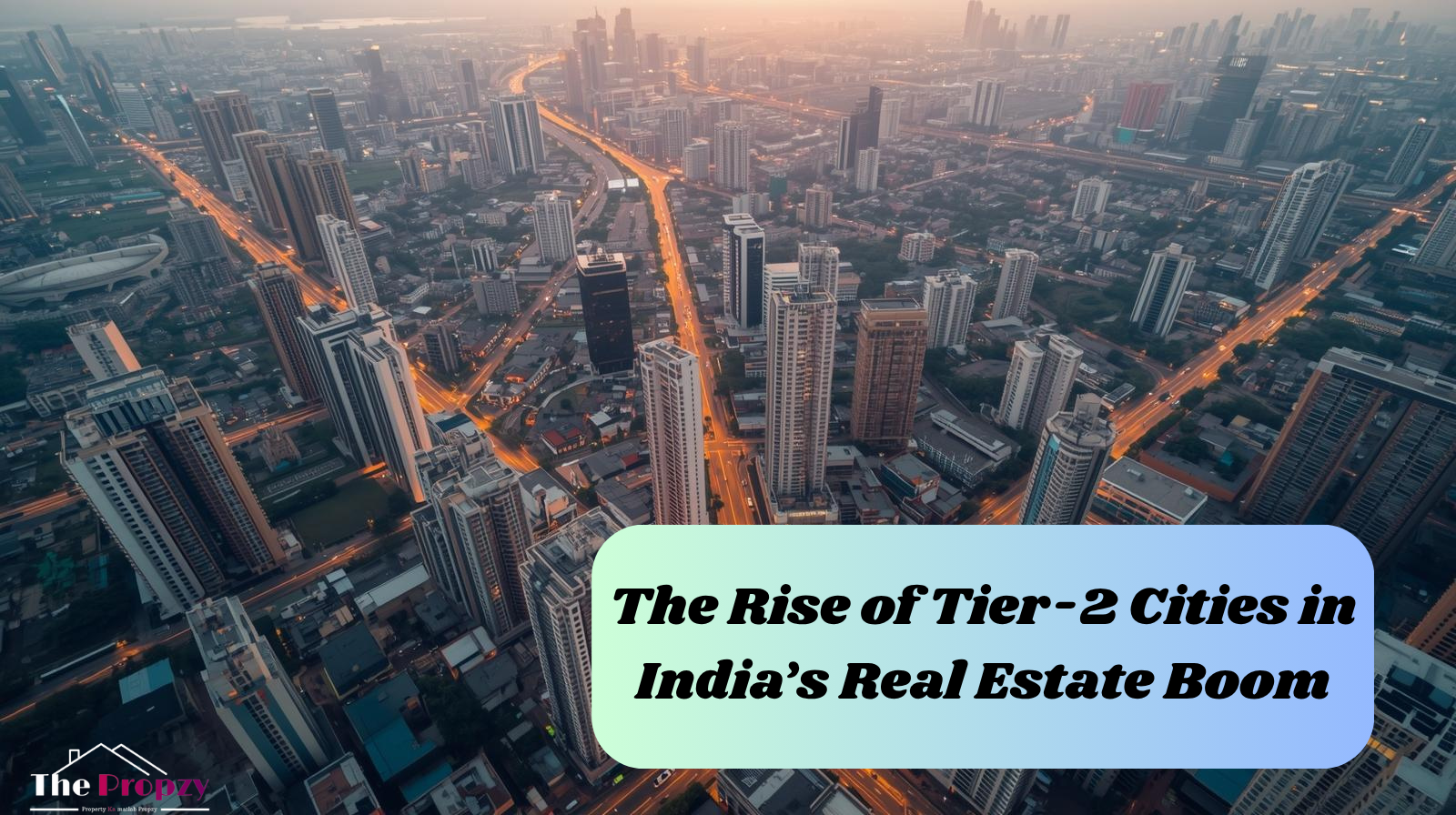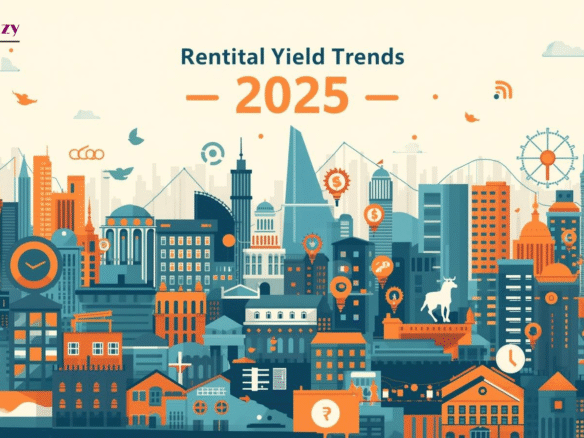While metros like Mumbai, Delhi, and Bangalore have long dominated India’s real estate scene, the spotlight is now shifting toward Tier-2 cities. In 2025, cities such as Pune, Lucknow, Jaipur, Indore, and Coimbatore are emerging as new real estate growth engines.
These cities offer the perfect mix — affordability, better infrastructure, and rapid urbanization — making them the next big investment hotspots.
1. Why Tier-2 Cities are Attracting Investors
Several factors are driving the shift toward smaller cities:
- Affordable Property Prices: Real estate in Tier-2 cities costs 30–50% less than in metros.
- Government Infrastructure Push: Smart City Mission and AMRUT have improved roads, metros, and digital connectivity.
- IT & Industrial Growth: The rise of IT parks, manufacturing hubs, and startups is creating strong employment opportunities.
- Quality of Life: Lower pollution, less congestion, and better living spaces are appealing to young professionals and retirees alike.
2. Emerging Real Estate Hotspots
Let’s look at some promising Tier-2 cities gaining investor attention:
- Pune: A consistent leader with strong IT and educational ecosystems.
- Lucknow: Rapid metro expansion and township developments.
- Jaipur: A favorite for luxury villas and heritage-themed projects.
- Indore: Known for cleanliness and industrial growth.
- Coimbatore: Emerging as South India’s manufacturing and logistics hub.
3. NRI and Institutional Interest
NRIs and institutional investors are showing renewed interest in Tier-2 real estate due to:
- High ROI potential: 12–18% annual appreciation in prime locations.
- Rental Yield: Better rent-to-cost ratio compared to metros.
- Ease of Entry: Simplified buying process and less competition.
4. Infrastructure Development Driving Growth
Massive infrastructure projects such as expressways, airports, and IT corridors are fueling real estate demand. For example:
- The Delhi–Mumbai Expressway has boosted property values in cities like Jaipur and Vadodara.
- The UP Defense Corridor is attracting investment in Kanpur and Jhansi.
- Metro connectivity is expanding rapidly in Lucknow, Nagpur, and Kochi.
5. Future Outlook: The 2025–2030 Real Estate Shift
Experts predict that by 2030, Tier-2 cities will contribute nearly 45% of India’s housing demand. Developers are launching integrated townships, smart apartments, and commercial hubs to cater to this wave of urbanization.
Conclusion
Tier-2 cities are no longer secondary markets — they are the future of India’s real estate growth. With rising infrastructure, job creation, and lifestyle upgrades, these cities are providing investors with lucrative long-term opportunities.
Whether you’re an end-user or investor, now is the time to explore the Tier-2 city real estate boom.






Join The Discussion